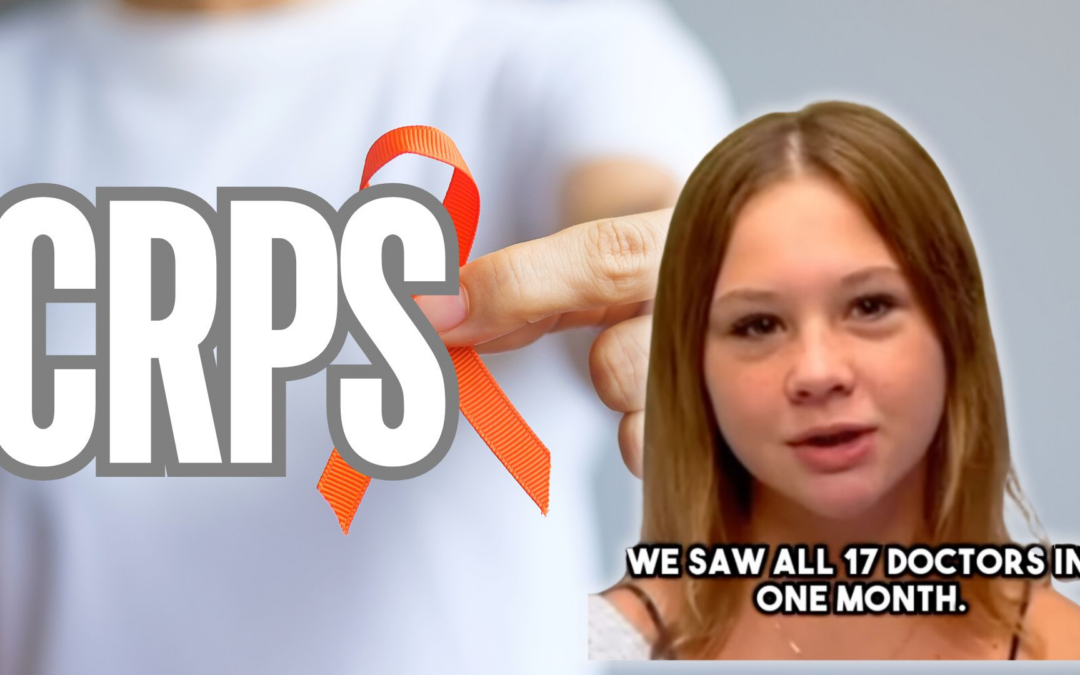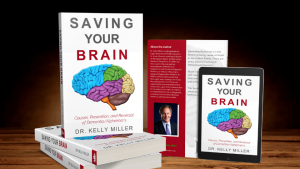Brielle Lowman tells her story with CRPS, Pots, ADHD, Depression, and recovery.
After regaining my mobility and reducing my pain, I sensed that something was still not right. My depression worsened, my POTS became unmanageable, and I didn’t want to get out of bed as the pain started to return. My mom discovered Dr. Kelly Miller at Saving Your Brain, and he helped me rediscover myself. She emailed him, and the next day, they were on Zoom calls. He was incredibly responsive and genuinely cared about my situation.
We learned a lot from him and did therapies I had never tried before, focusing on my brain and its deficiencies. It made perfect sense: if the brain isn’t healed, the body can’t heal either. Even though it’s only been a few weeks, I feel more like myself than I have in almost a year, and I will continue the treatment.
There is always work to do and always something to learn. I understand that remission isn’t just a steady climb; sometimes you trip and fall. But it’s about how you get up and keep climbing.
Hear her emotional testimonial below along with Brielle’s mom as she takes us on the journey on how it started and the difficult experience to get through it.
Complex Regional Pain Syndrome (CRPS) is a chronic pain condition that typically affects a limb after an injury, surgery, stroke, or heart attack. Characterized by prolonged or excessive pain and changes in skin color, temperature, and swelling in the affected area, CRPS is thought to be caused by damage to or malfunction of the peripheral and central nervous systems. Early diagnosis and treatment are crucial to manage symptoms and improve the quality of life for those affected. Treatment may include physical therapy, medications, nerve blocks, and other interventions aimed at pain relief and improving function.
Postural Orthostatic Tachycardia Syndrome (POTS): Postural Orthostatic Tachycardia Syndrome (POTS) is a condition that affects circulation (blood flow). It involves the nervous system and the heart and is characterized by an excessive heart rate increase when moving from lying down to standing up, often leading to dizziness, lightheadedness, fainting, and fatigue. POTS can significantly impact daily life and is often associated with other symptoms like headaches, nausea, and brain fog. Management strategies include lifestyle changes, increased fluid and salt intake, medications to regulate heart rate and blood pressure, and physical therapy to improve circulation and overall cardiovascular fitness.


